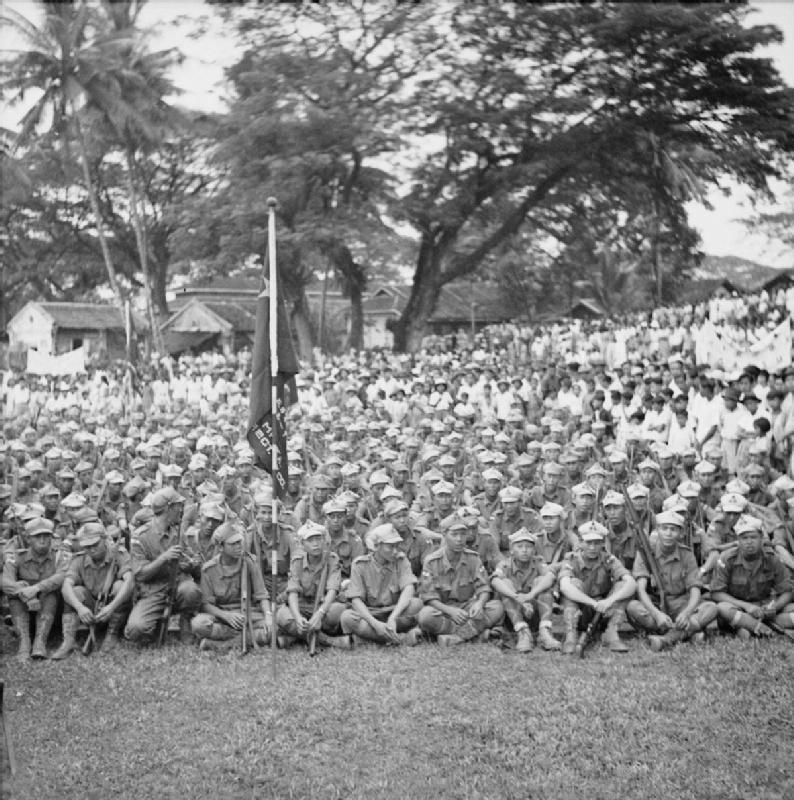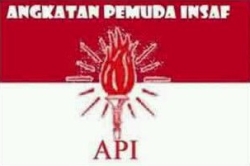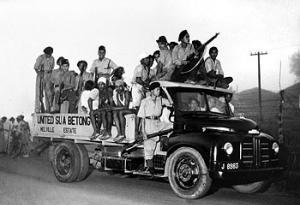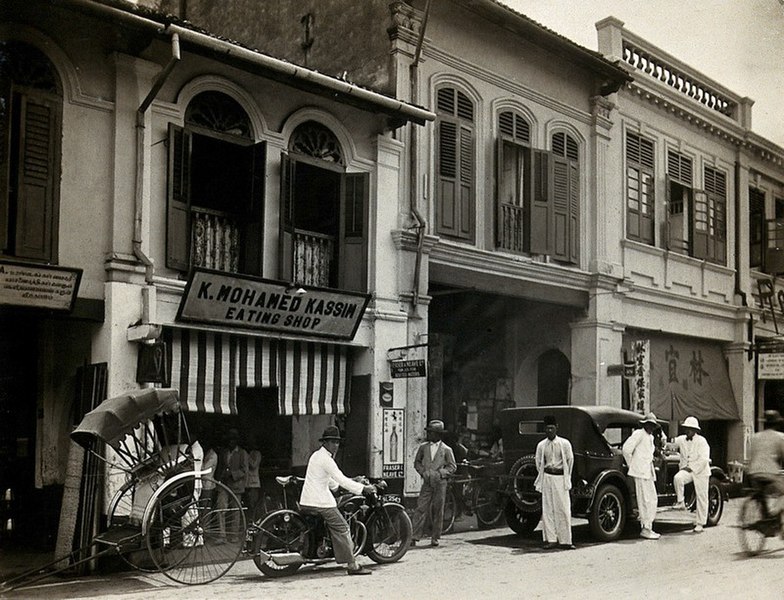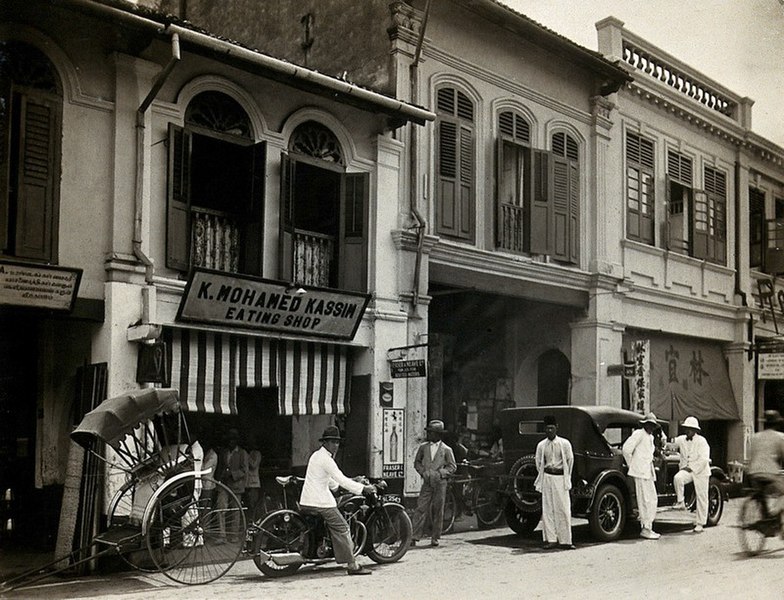Due to Britain’s wartime debt, the priority for the British colonial state after the Japanese interregnum in Malaya was to go back to pre-war levels of economic profit and political control as Malaya was a dollar earner due to its rubber and tin production. (1/12) ~AAA
The late 1940s however, saw increased labour insurgency that would further disrupt the colonial economy as a result of growing anti-imperial mass movements in Malaya. These would include PKMM, MIC, FTU, MCP, numerous trade unions and so on, united under the PUTERA-PMCJA. (2/12)
In 1948, the killing of 3 Europeans in a plantation attack became pretext for the Malayan Emergency to suppress not only the MCP but the anti-imperial faction. (3/12)
Within this period violence and arrests were made against the anti-imperial faction such as PKMM and FTU making it unfeasible for them to continue operating with many of its members splintering off. (4/12)
Even though many anti-imperial Malay and Indian nationalist organisations existed they were seen as mere attachments to the communist activities of the MCP which they had constructed as ‘Chinese-controlled’. (5/12)
Contrary to this, the British painted the Malays as passive and non-political. Malay elite collaboration with the British administration had made easier to maintain control over the Malay population. (6/12)
In fact, as Syed Aljunied argues, the differentiation the British made between ‘Malay’ and ‘Indonesian’ was the degree of their ‘political-mindedness’ given Indonesia’s ongoing revolution against the Dutch. (7/12)
This is despite the fact, that the Malay population was just as capable of disrupting the colonial state as evident from the Maria Hertogh riots of December 1950 which targeted Europeans and resulted in the ‘destruction of private property, murder, looting and arson’. (8/12)
By the 1950s, it was proposed that the Aliens& #39; Ordinance Act of 1940 would be amended so that the British could define anyone that was ‘politically-minded’ as ‘Indonesian’ then surveilled or deported. (9/12)
The British were quick to work with Malay elites to dismantle any sort of Malay revolutionary movements such as the Malay 10th Regiment of the MCP. There were many prominent Malay within the MCP such as Shamsiah Fakeh, Rashid Maidin and Wahi Anuar. (10/12)
In fact the General Officer Commanding Malaya District purported that a single ‘Malay terrorist’ was worth 7 or 8 ‘Chinese terrorist’. This highlights Malay insurgency as not only a material threat to the British but more importantly an ideological threat. (11/12)
Even with the anti-imperial movements crossing through communal lines, British fears of losing their cheap labour force were projected onto the Chinese as a whole and thus led to the construction of the ‘Chinese-controlled’ Communists responsible for the labour unrest. (12/12)
My next thread will be about how these discourses materialised and were institutionalised by the colonial state so look forward to that! ~AAA

 Read on Twitter
Read on Twitter

